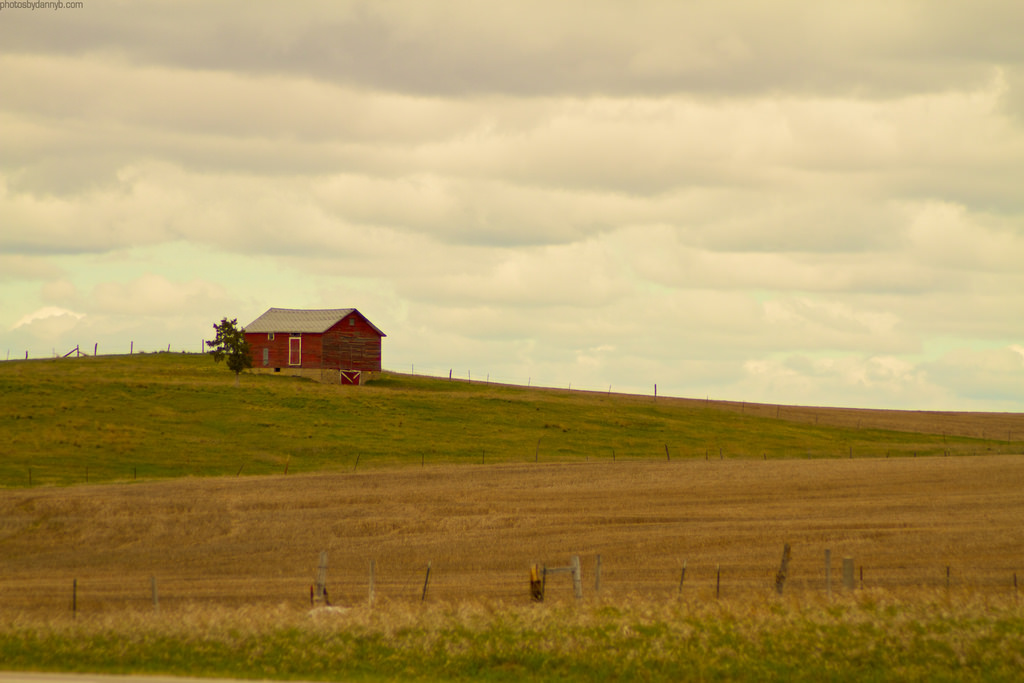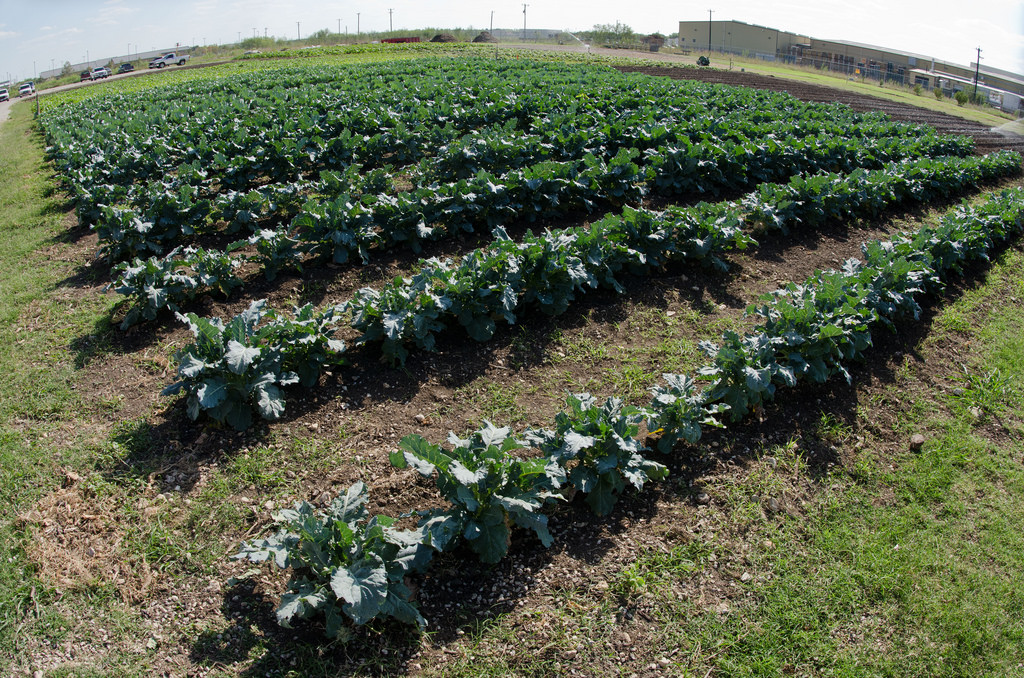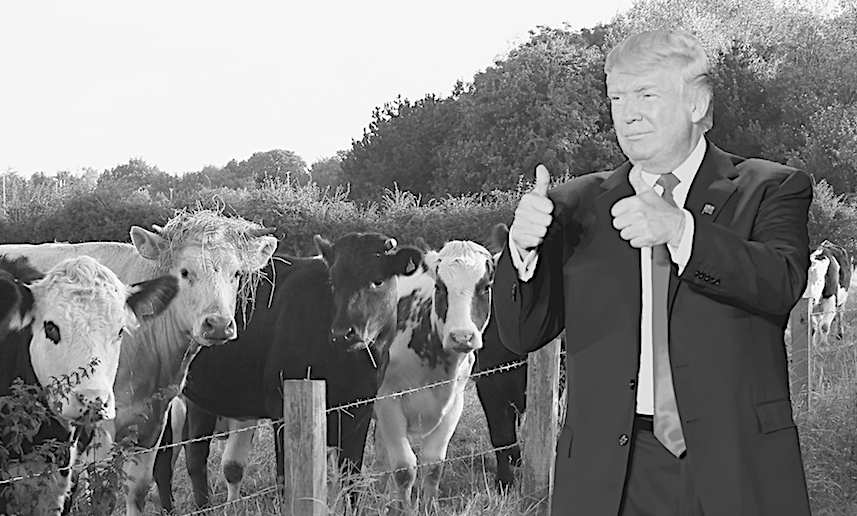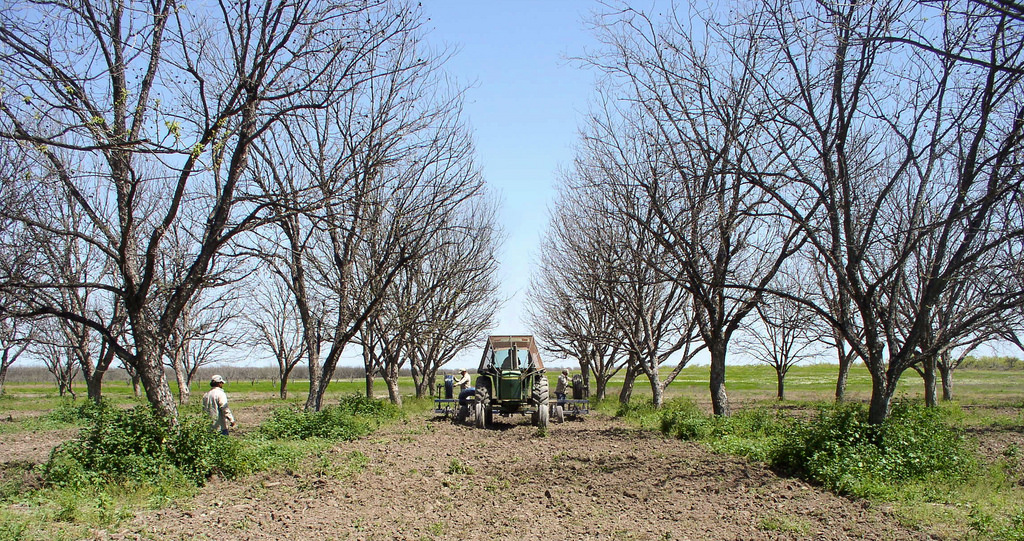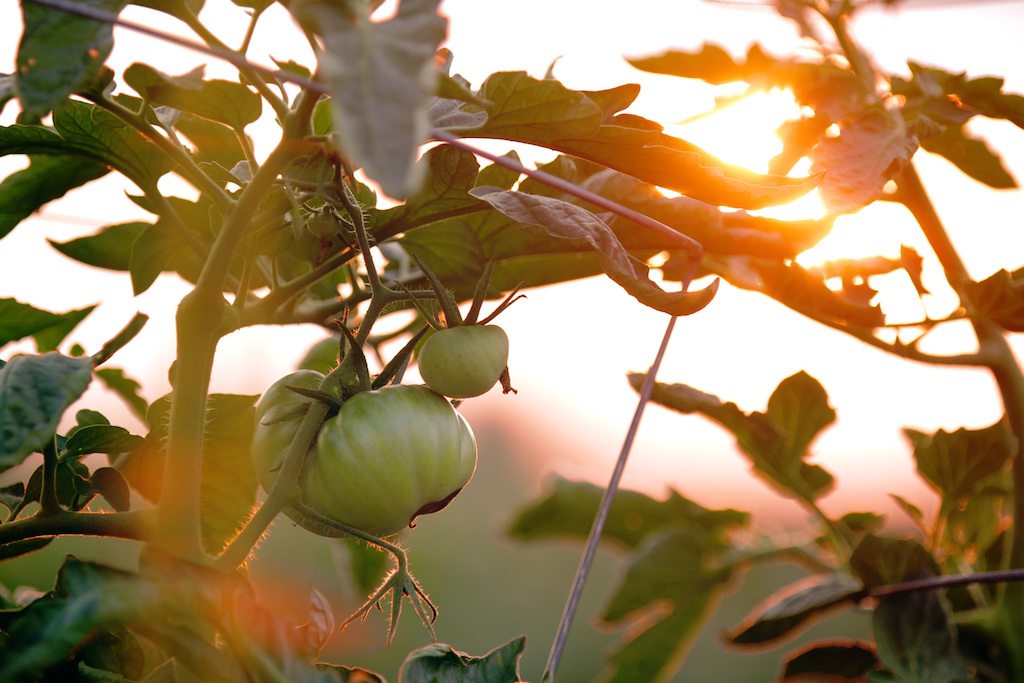In the end, election night turned into a gentle blue wave, showing the nation as divided as ever. As expected, suburban voters pushed back against President Trump, giving control of the House back to the Democrats, while voters in rural areas doubled down on their support of the president, flipping the Senate seats in three ag-heavy states to the Republicans.
But drilling deeper into farm country, which has become synonymous with Trump country, the results of Tuesday’s midterms paint a more varied picture. The take-home message? Democratic candidates can gain an edge, at least in some rural areas, and with the right approach. Iowa, the only rural state to color two red districts blue, is a prime example.
Democrats Abby Finkenauer and Cindy Axne flipped their Iowa districts not by courting Big Ag but by showing up at grain elevators and listening to constituents’ gripes, whether about Trump’s trade war driving down soybean prices or corporate consolidation driving up the cost of feed and seed. In the state’s third district, the Democratic incumbent Dave Loebsack held onto his seat by a 12-point margin.
Even in the state’s ultraconservative fourth district, where Republican Steve King has typically won by 20-point margins, former minor league pitcher J.D. Scholten came within three points of victory by waging a nonstop, county-by-county listening tour in a used Winnebago.
Other outsider candidates in farm country did not fare as well. Two Democratic candidates in Pennsylvania hoping to capitalize on dairy farmer woes to win in deeply conservative House districts—Mennonite mother Jess King and former state Secretary of Agriculture Denny Wolff—each lost by nearly 20 points. Heritage hog breeder Paul Theobald lost by more than 50 points in Nebraska.
But House Democrats retained their seats in virtually all other rural districts under their control. The one exception was in Minnesota’s eighth district, where 32-year-old Joe Radinovich—a member of the state’s Democratic-Farmer–Labor Party and a vocal organic agriculture advocate—lost his bid for the seat of retiring Representative Rick Nolan, a longtime member of the House Ag Committee.
A seat held by a Republican House Ag Committee member also flipped: incumbent John Faso lost to Democrat Antonio Delgado in a district that includes much of New York’s Hudson Valley, an organic farming stronghold. But Republican Ag Committee member Mike Bost managed to hold on to his seat in Illinois. And Republican incumbent and fellow Ag Committee member Jeff Denham was also leading in a closely watched race in California’s Central Valley that pitted progressive immigration policy against traditional farmer interests.
Now that the Democrats have taken back control of the House, it is widely expected that Minnesota’s Collin Peterson will resume the chair of the House Ag Committee, a position held by Republicans since 2011. Having a Democrat at the helm will change the dynamic surrounding farm bill negotiations, with House Republican plans to scale back Supplemental Nutrition Assistance Program (SNAP, formerly food stamps) benefits all but dead.
The results in rural House districts were not matched in Senate races, where three ag-heavy states—Missouri, Indiana, and North Dakota—flipped from blue to red. In Montana, Democratic Senator Jon Tester faced a tough re-election bid, but eked out a win and will serve a third term. Unlike the insurgent House candidates trying out new ways to connect with rural voters, the incumbent Democratic senators in states that flipped apparently had too much baggage to overcome. Even the president’s trade war with China could not provide enough ammunition in soy-centric states like North Dakota, where Democratic Senator Heidi Heitkamp was banking on trade issues to tilt farmers her way.
In the Mississippi senate race, Democrat Mike Espy, a former secretary of agriculture during the Clinton administration, surprised many by forcing a runoff with his opponent Cindy Hyde-Smith. Also a bit surprising was that Republicans lost seven governor’s seats in states that range from semi-rural to very rural—Illinois, Michigan, Wisconsin, Maine, Kansas, Nevada, and New Mexico. But despite these anomalies, it remains abundantly clear that the president has retained his formidable sway in farm country—and that the nation is more deeply divided along the urban-rural divide than ever.
